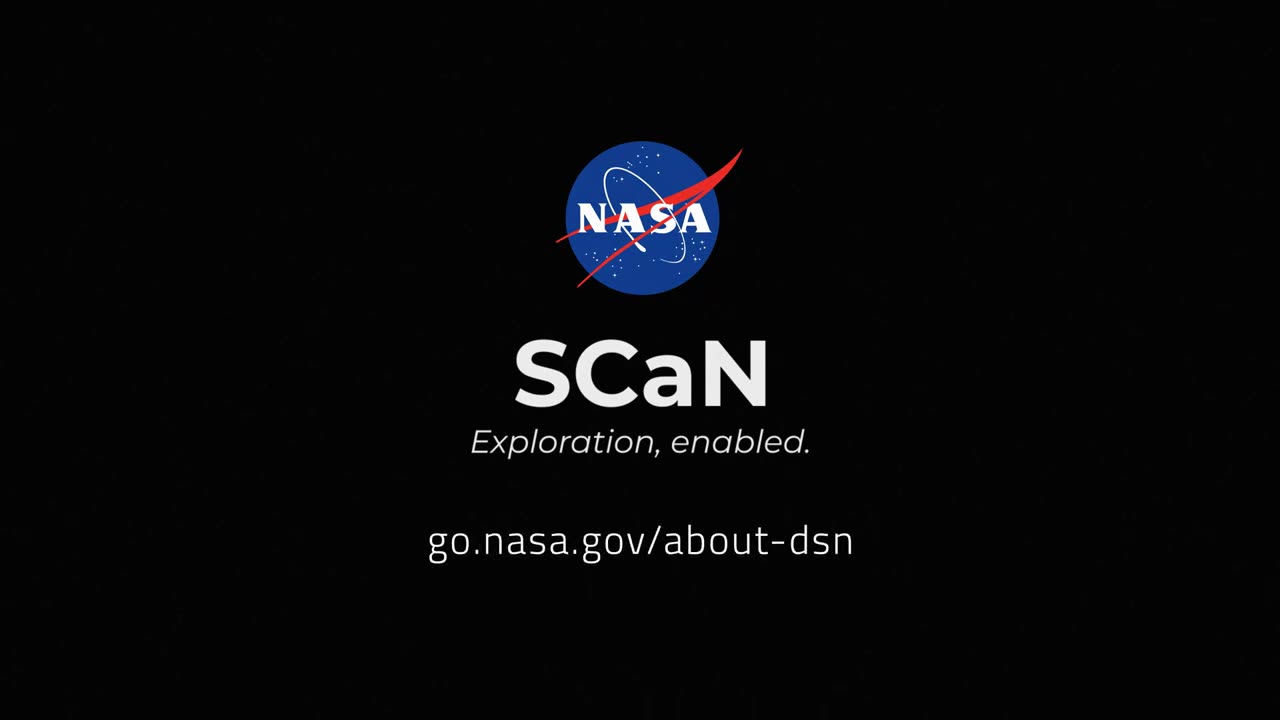Premium Only Content

How NASA Uses Gravity and Radio Waves to Study Planets and Moons
The Deep Space Network, NASA’s international collection of giant radio antennas used to communicate with spacecraft at the Moon and beyond, helps scientists and engineers use gravity and radio science experiments to learn more about our planetary neighborhood.
After reaching a spacecraft reaches its destination, it uses radio antennas to communicate with the Deep Space Network, which in turn transmits radio signals back to the spacecraft. Every spacecraft travels in a predetermined path emitting radio signals as it orbits around its target. Scientists and engineers can infer the spacecraft's location and how fast it's going by measuring changes in the spacecraft's radio signal frequency. This is made possible by the Doppler effect, the same phenomenon that causes a siren to sound different as it travels towards and away from you.
The Doppler phenomenon is observed here when the spacecraft and the Deep Space Network antenna move in relation to each other. Differences between the frequency of radio signals sent by the spacecraft as it orbits and signals received on Earth give us details about the gravitational field of a planetary body. For example, if the gravity is slightly stronger, the spacecraft will accelerate slightly more. If gravity is slightly weaker, the spacecraft will accelerate slightly less. By developing a model of the planetary body's gravitational field, which can be mapped as a gravitational shape, scientists and researchers can deduce information about its internal structure.
The Deep Space Network was developed by and is managed by NASA’s Jet Propulsion Laboratory (JPL) in Southern California. The antennas of the Deep Space Network are the indispensable link to robotic explorers venturing beyond Earth. They provide the crucial connection for commanding our spacecraft and receiving never-before-seen images and scientific information on Earth, propelling our understanding of the universe, our solar system and ultimately, our place within it.
JPL manages the Deep Space Network for the Space Communications and Navigation (SCaN) Program, based at NASA Headquarters within the Space Operations Mission Directorate.
-
 LIVE
LIVE
Adam Does Movies
2 days agoTalking Movies + Ask Me Anything - LIVE
170 watching -
 LIVE
LIVE
I_Came_With_Fire_Podcast
11 hours agoNASA Blocks China, TPUSA BOOSTED, Chinese Spamoflauge, & Factional Division
134 watching -
 33:40
33:40
Jamie Kennedy
3 hours agoEp 222 Processing the Loss of Charlie Kirk | HTBITY with Jamie Kennedy
4.12K8 -
 LIVE
LIVE
Badlands Media
18 hours agoAltered State S3 Ep. 46
2,038 watching -
 9:18
9:18
ARFCOM News
8 hours ago $0.29 earnedNSSF "Celebrates" ATF Partnership | Glocks BANNED | Redundant Spooky Boi Ban
3.57K5 -
 LIVE
LIVE
LFA TV
16 hours agoLFA TV ALL DAY STREAM - WEDNESDAY 9/17/25
656 watching -
 1:00:00
1:00:00
BEK TV
1 day agoAPRIL LUND: FAITH, FOCUS, AND THE ROAD TO THE 2028 OLYMPIC MARATHON
3.52K -
 37:15
37:15
Stephen Gardner
2 hours ago🔥Trump ERUPTS After Obama’s Charlie Kirk Comments!
12.5K48 -
 LIVE
LIVE
Total Horse Channel
14 hours ago2025 WDAA Western Dressage World Championship Show | Day Two | Arena One
114 watching -
 1:14:40
1:14:40
Glenn Greenwald
4 hours agoThe Right Wages Its Own Cancel Culture War: Lee Fang, Thomas Chatterton Williams, and Leighton Woodhouse on the State of Civil Discourse and More | SYSTEM UPDATE #517
154K61